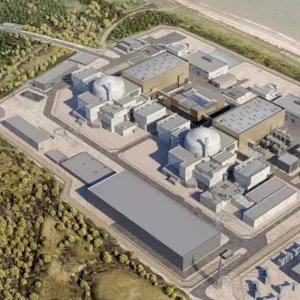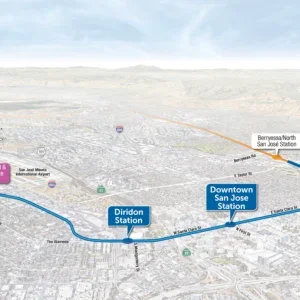The original tunnels, which date from 1970, cross the Juragebirge, a ridge that is interspersed with large amounts of gypsum. Ground swelling resulting from the geology has damaged the tunnel support structure, causing safety concerns for the 50-year-old tubes.
Contractor Marti Tunnelbau carried out excavation on behalf of the client, the Swiss Federal Roads Office, from February 2016 and finished three months early. The TBM chosen was a Herrenknecht single shield
The new tunnel was excavated between 40-116m from the existing tunnels and faced overburdens up to 360m. Geology encountered was soft layers of rock alternated with up to 225 MPa hard layers, in places with karstified and water-bearing transition zones. In addition, long sections of squeezing opalinus clay and swelling gypsum keuper had to be passed through.
Site manager Sergio Massignani said of the breakthrough: "Thanks to the comprehensive knowledge of the ground conditions from the two existing tunnel tubes, coupled with our experience and Herrenknecht's know-how, the machine was optimally designed for the demanding requirements of the alignment of the Belchen rehabilitation tunnel."
After completion of the final works inside the tunnel and its commissioning in 2021, the two existing tubes dating from the 1970s will be renovated one after the other so that, as before, two lanes will be available in each direction, north and south, and the traffic can flow unimpeded.







